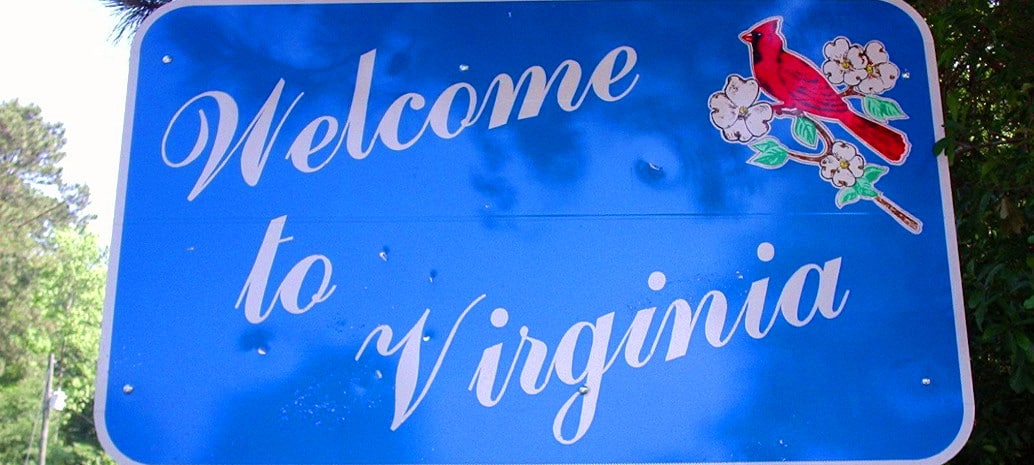Utilities are getting more comfortable with large-scale solar. And there’s one kind of solar that they particularly like: solar plants they own and charge their ratepayers to build.
We’ve seen this in Florida where both Tampa Electric and Florida Power and Light are “rate-basing” their customers to build big solar plants, a mechanism that has been widely used in the construction of conventional generation such as nuclear power plants.
As the latest, last week Virginia regulators approved plans by Dominion subsidiary Virginia Electric and Power Company to build two large solar plants, totaling 240 MWac, and to recoup the costs of doing so through a “rate adjustment clause” from its customers over the next 35 years.
This doesn’t mean that the 142 MWac Colonial Trail West project or the 98 MWac Spring Grove 1 will cost more for the utility’s customers, but rather that they will be a separate line item on their bills.
But there is a catch: if the plants under-perform, Dominion will be on the hook, not its customers.
Performance guarantee
In approving the utility’s plans, Virginia’s State Corporation Commission is requiring a “performance guarantee” under which if the plants generate at a less than 25% capacity factor over the course of the year, Dominion will pay for the difference.
This idea was originally put forth by Dominion, which proposed a seven-year performance guarantee, but the State Corporation Commission has stated that this performance guarantee shouldn’t be shorter than 20 years. According to regulators, this will provide “necessary protection to customers through the time when the substantial majority of the projects’ costs will be paid.”
Dominion will get an exception for “force majeure” incidents like hurricanes, but regulators stated that such a guarantee is necessary given what Dominion is proposing. “With a self-build option as proposed in this petition, Dominion’s customers bear both the performance and financial risks,” notes the commission’s order. “Dominion bears little of either.”
The 25% capacity factor should be easy for Dominion, given that the U.S. Department of Energy estimates a 26.8% average capacity factor for solar plants in Virginia in 2017. However, the State Corporation Commission has noted that some solar plants in the state have fallen below that.
Dollars and sense
20 years is also the amount of time that these plants will supply renewable energy credits (RECs) to Facebook. Incidentally the uncertain value of these RECs make it hard to calculate the full net cost of the project.
According to regulators the electricity from these plants is not needed to meet local demand, but that it is in the public interest, both for its environmental attributes and under the auspices of recently state which explicitly declares that solar is in the public interest.
But as far as Dominion’s interest in building these plants, the supply of RECs to Facebook may be key. Utilities across the country have been creating “green tariff” programs to supply large customers including tech companies that are demanding renewable energy, and to keep them from going around the utility to get it.
According to the filing, the two plants will rack up $410 million in capital costs, and $843 million when financing and operating costs are thrown in. The State Corporation Commission notes that this is much higher per unit of energy delivered than other 20- and 35-year power contracts, but lower than “other supply resources” (except large-scale solar) modeled in the company’s 2018 Integrated Resource Plan.
The commission’s approval is conditioned on a project cost which involves starting construction before the end of the year, and completing this plant by the end of 2023 so that it can claim the full 30% Investment Tax Credit (ITC).
This content is protected by copyright and may not be reused. If you want to cooperate with us and would like to reuse some of our content, please contact: editors@pv-magazine.com.









By submitting this form you agree to pv magazine using your data for the purposes of publishing your comment.
Your personal data will only be disclosed or otherwise transmitted to third parties for the purposes of spam filtering or if this is necessary for technical maintenance of the website. Any other transfer to third parties will not take place unless this is justified on the basis of applicable data protection regulations or if pv magazine is legally obliged to do so.
You may revoke this consent at any time with effect for the future, in which case your personal data will be deleted immediately. Otherwise, your data will be deleted if pv magazine has processed your request or the purpose of data storage is fulfilled.
Further information on data privacy can be found in our Data Protection Policy.